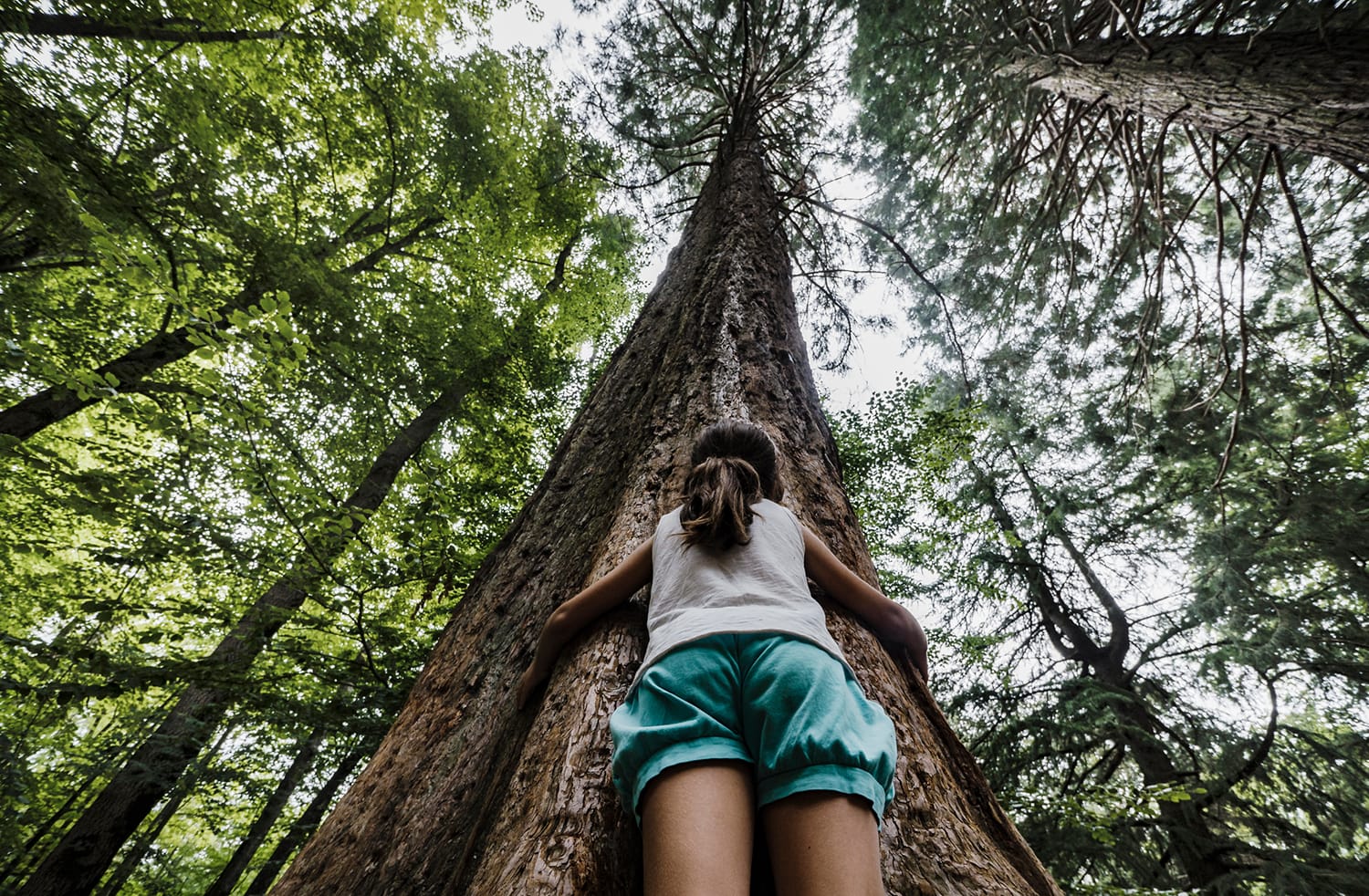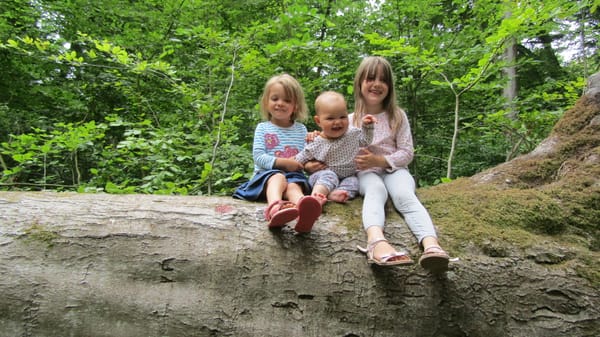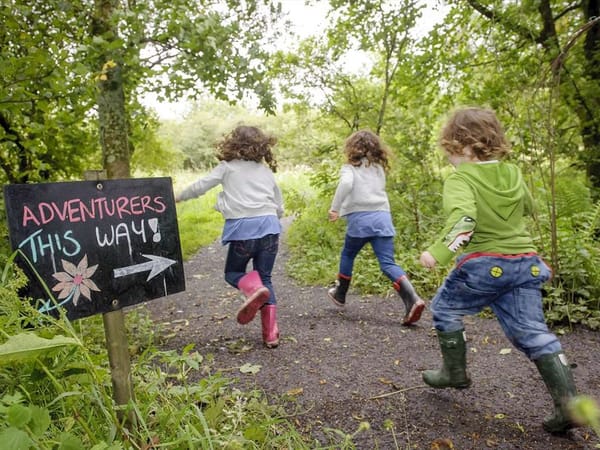Get to know a tree - habitat, weather vane, lookout – your favourite tree is much busier than you think says Delfina Aguilar
Trees’ branches aren’t just lofty perches. They’re incredibly intricate plumbing systems that ferry water, sugar and hormones from the roots to the twigs, regulating their growth and signalling when to produce fruit, flowers or leaves. Ancient trees can also tell you about what your local area’s climate was like in the past – the concentric rings within the trunk are wider in warm, wet years and thinner in cold or dry years, so scientists can use them to find out whether there were droughts, floods or other wild weather in the days long before humans kept a record.
WHAT YOU NEED:
Magnifying glass; Pencil; Notebook; Leaf chart
HOW TO DO IT
Find a great tree. Take a good look around your garden, neighbourhood or local park to find a tree that looks good for climbing (one with some low branches or good footholds, and some nice boughs for perching in).
- Stand back from your tree. Is there one side that’s bushier or bigger than the other? The bigger side is probably facing south if you’re in the northern hemisphere (north if you’re in the southern hemisphere). That’s because the tree grows more strongly towards the sun.
- Standing near the trunk, look upwards. Can you see any patterns in the way the branches spread out from the trunk?
- Carefully climb your tree and find a safe place to rest. If possible, you might like to sit astride a wide branch, and lean back against the trunk.
- Do you have company? It’s not only birds that like to live in trees – can you spot a squirrel’s nest, or ‘drey’? What about a snail, centipede or caterpillar? Can you identify a stag beetle, or a grasshopper, or a shield bug? If you look closely, you should find that your tree is teeming with busy life. Note down and sketch your discoveries.
- Using your magnifying glass, look at the leaves to work out what kind of tree you’ve chosen. Perhaps you’d like to start a leaf collection in the pages of your notebook.
- Did you know trees can predict the weather? If some of the leaves have turned upside down, there might be a storm on the way. (Leaves with soft stems will often become limp and flip over in the humidity change that precedes a storm.) If a pine cone is open, the weather is likely to stay dry, while a closed pine cone means rain is on its way.
- Map the location of your tree in your notebook so that you can visit it again. Which creatures can you find in the different seasons?









